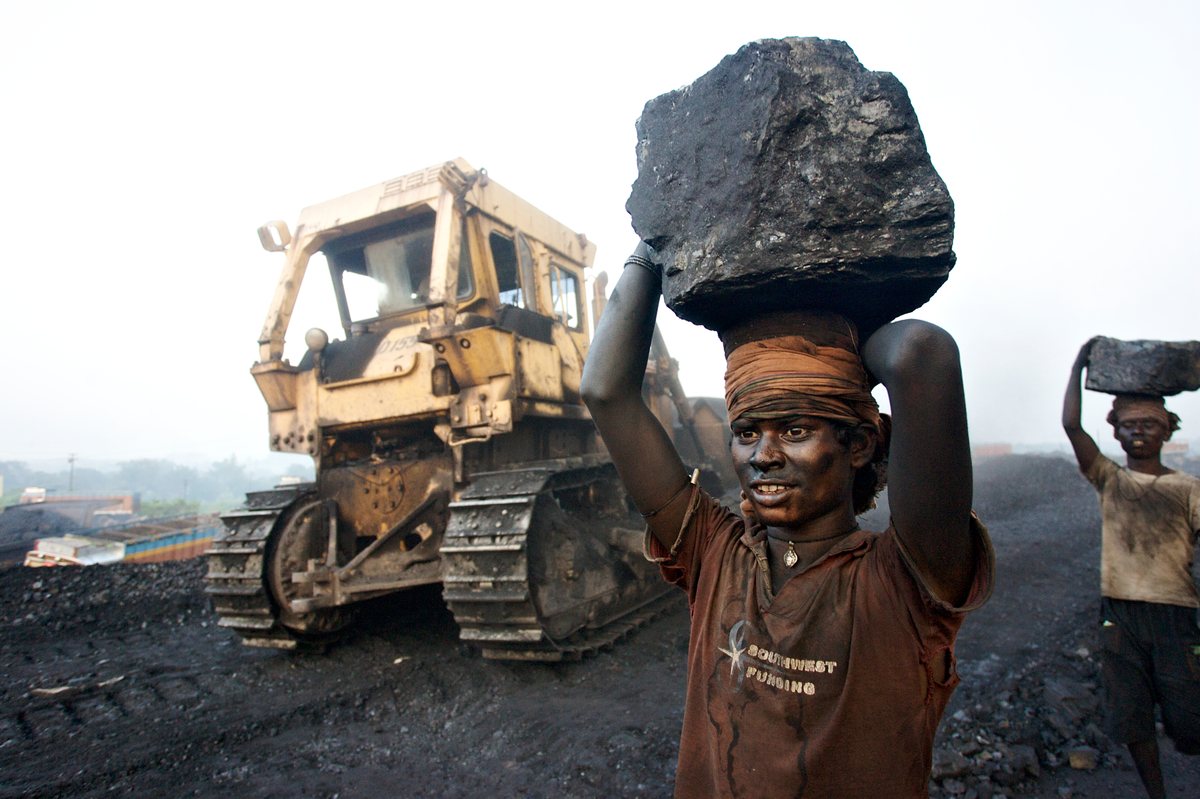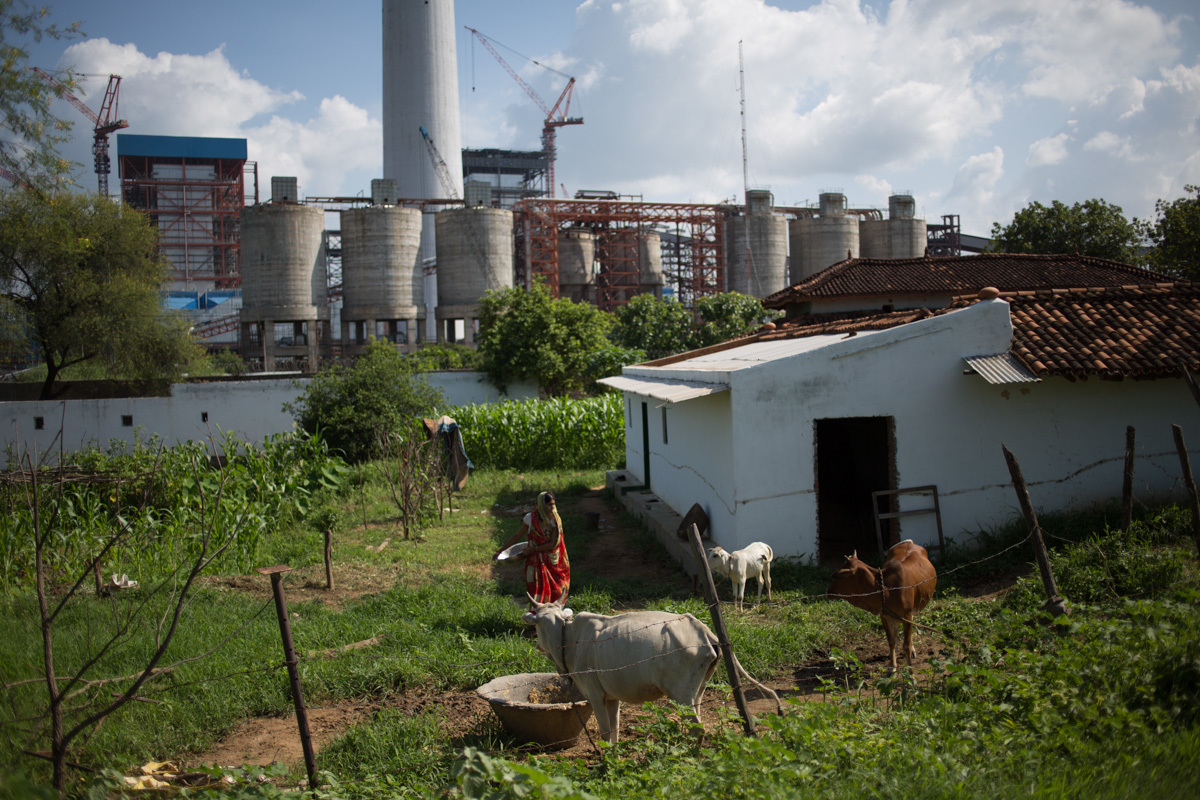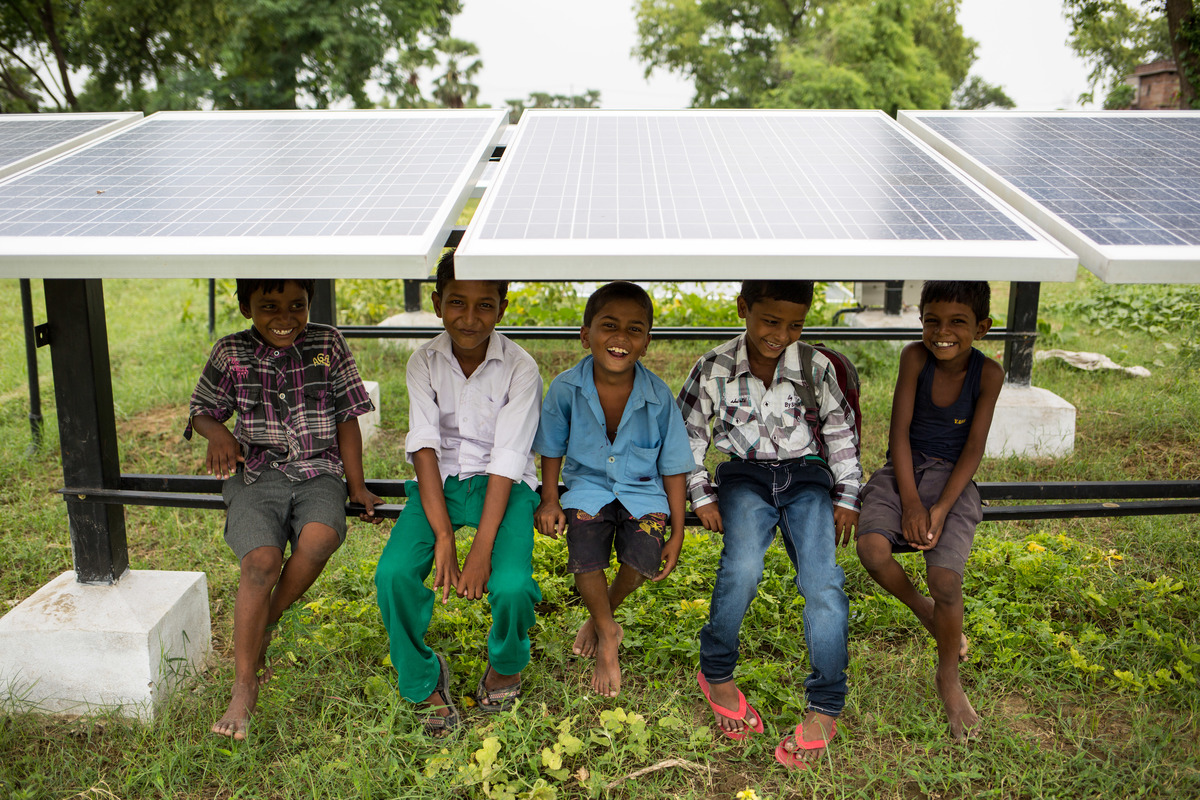Why India is still building hundreds of coal plants it doesn’t need

On October 2, the anniversary of Gandhi’s birthday, India formally ratified the Paris climate agreement.
The move comes with caveats, largely to protect the country in case the US (or other big polluters) pull out and also to keep up the pressure on richer countries to provide finance to mitigate and adapt to the impacts of climate change.
The country also has ambitious goals in clean energy – it wants to install nearly 175GW of mainly solar power by the end of the decade. That’s nearly six times the current UK renewable energy capacity.
Yet India also remains committed to one of the most aggressive programs to build new coal plants that the planet has ever seen.
Hundreds of new plants
India’s government insists the new plants are needed to take care of the approximately 300 million people with no access to electricity.
Its 2015 INDC plans submitted before the Paris COP imply an increase of over 300 GW of coal by 2030. Taking the current US average size of a coal plant as a benchmark, that’d be nearly 600 new coal plants.
Indeed approximately 65 GW of new coal is under construction right now, and the existing pipeline of permitted and pre-permit projects is an additional 178 GW.
94% of the coal power capacity that is currently under construction will be lying idle.
Yet here’s the rub. All these plants are being built even as some government sources acknowledge that no new coal plants are required for at least three years.
In fact an analysis by Greenpeace researchers in India suggests the country doesn’t need to build a new plant until 2022 – and probably well beyond that date. Instead the coal sector is already facing an overcapacity issue.
Too much power
Coal plant capacity factors – an indication of how much the plant is being used – are running at 64% in the last year, and dropping further in recent months. That is to say India’s existing coal plants are sitting idle for more than a third of the time.
| India power demand vs generation | |||||
| 2012 power demand | 2016 power generation (average PLF) | Estimated 2022 power demand (@6.7% growth rate) | Annual power savings due to efficiency measures in 2020 | Estimated 2022 power demand including AT& C losses @15% | Potential power generation in 2022 (Average PLF) (excluding proposed coal capacity) |
| 776 TWh | 1349.6 TWh | 1486 TWh | 191 TWh | 1489.25 TWh | 1835.72 TWh |
Here’s how we worked that out:
The projection for power demand in 2016 and 2022 is based on a 6.7% annual growth rate in electricity demand. That matches up with projections for an annual 8.3% groth in the economy as a whole. It assumes an elasticity for electricity consumption to GDP at 1.25.
It’s a conservative estimate – both the GDP and electricity demand growth rates are higher than those actually recorded in recent years.

The analysis also assumes India’s official energy efficiency and renewable energy targets & estimates.
Energy Efficiency savings (based on an estimate put forward by India’s Bureau of Energy Efficiency) of 191 TWh are deducted from the 2022 total demand, while 15% Aggregate Technical & Commercial (AT&C) losses are credited, yielding a total demand of 1489.25 TWh.
Power generation potential from all forms of energy, including coal power plants under construction, is estimated at 1835.72 TWh. This assumes a low 64% load factor for coal, similar to that in 2015.
The projections yield a surplus of 346 TWh, which would need to be “backed down”. In terms of coal power alone, this would mean that 61.7 GW of coal capacity would be lying idle if the average PLF of the coal power sector remains at 64% – already a low number.
Coal plants being built won’t be needed
Put another way, 94% of the coal power capacity that is currently under construction will be lying idle.
The analysis assumes that none of the 178 GW of coal in the permitting pipeline actually gets built by 2022. If even a fraction of this pipeline materialises, the situation will be much worse.
If the plants aren’t running they also won’t get paid for generating power – a financial problem for the energy sector as a whole.
India’s banking sector is not flush with cash and public sector bank portfolios in particular have at least $90 billion in bad loans, causing the Reserve Bank of India to issue numerous warnings.
$50bn investment
A lot of these loans are to power and infrastructure companies, raising serious questions over the availability of funds for India’s ambitious renewable targets.
That means a coal bubble could – ironically – lead to a renewables bust. Around $50 billion in capital is being sunk into coal power plants that are currently under construction across the country, plants India may barely use.
And there is another problem. India’s growing power surplus doesn’t actually keep the lights on.
Blackouts
In June 2016, Power Minister Piyush goyal stated that India has achieved a power surplus scenario and received thousands of tweets in reply pointing that power cuts are still common across the country.
He eventually had to clarify the difference between power surplus India and blackout-free India.
The Central Electricity Authority projects that India will have a small electricity surplus this year. At the same time, rolling blackouts are common, and large populations remain unconnected to the grid.
The latent, unmet demand at a time of ‘surplus’ suggests that large, centralised additions to the grid have failed to address energy poverty, as regional distributing companies lack the finances to purchase additional power from generators, opting instead to leave parts of their service areas in the dark.
Grid problems
Again it’s a problem which could impact on India’s renewable ambitions which partially hinge around “utility scale” projects requiring major grid infrastructure.
The government has recognised this, pinning its hopes on yet another attempt to restructure and reform the state-owned discoms.
On the other hand an increasing number of demonstration models have shown that the provision of decentralised renewable energy via micro grids offers a more cost-effective option to tackle energy poverty. Energy Minister Piyush Goyal has himself said that solar is now cheaper than thermal power in India.

Unfortunately, there is no quick fix to tackling the overcapacity problem, but one solution lies in shutting down some of India’s older, polluting and uneconomic coal plants – the Central Electricity Authority has identified a list of 37GW to be shut down over the next ten years.
Expediting this process while immediately halting any and all permits for new coal plants would at least ensure that whilst India doesn’t have coal plants it doesn’t need.

